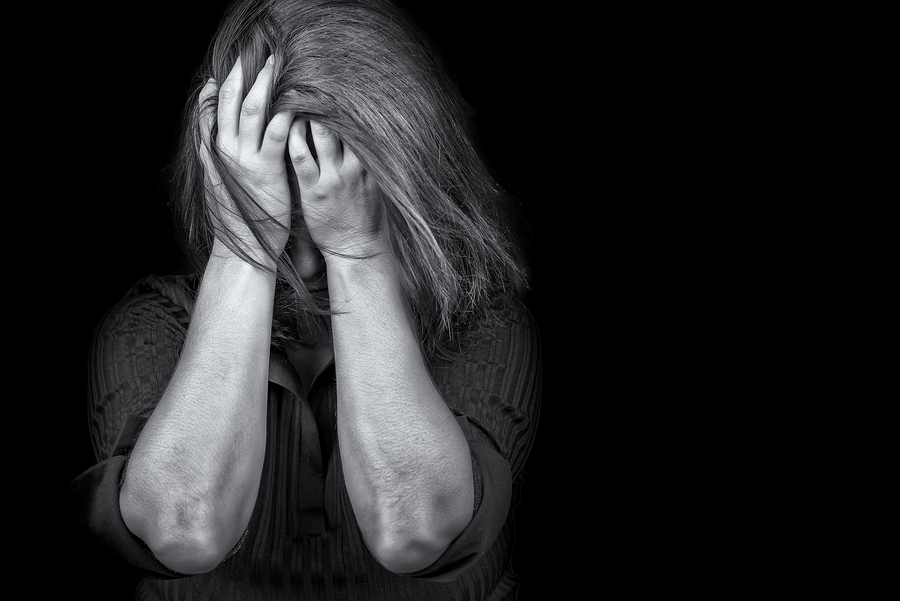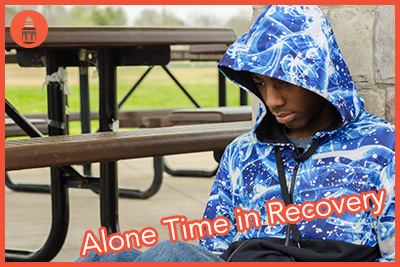
It’s not uncommon to get the blues in the winter. Dark skies, early sunset, and shorter days can contribute to feeling blah, unmotivated, and just down. But for some, winter depression symptoms are severe enough to add up to a diagnosis of seasonal affective disorder. Appropriately called SAD, the disorder can be devastating to a person’s ability to function on a day-to-day basis. The good news is that there are numerous different therapies, traditional and holistic, that can help you to get through the winter healthfully and happily this year.
Signs and Symptoms of SAD
There are no diagnostic tests available to identify seasonal affective disorder. Instead, when certain issues are in evidence and other diagnoses are ruled out, then a diagnosis of seasonal affective disorder may be made.
Seasonal affective disorder often shares traits in common with major depression. Additionally, the change in seasons plays a role in the development of the disorder. In some cases, depressive symptoms begin in late fall and end with spring, or conversely, start in spring and end in fall. Symptoms are often mild early in the season and then worsen as the season continues.
Each person’s experience may be different, but signs of major depression, and underlying issues that often impact people living with SAD, include:
Conversely, those who experience seasonal affective disorder in the spring and summer often lose weight due to eating less and lowered appetite, suffer from insomnia, and experience high levels of anxiety and agitation. It’s also important to note that people who are living with bipolar disorder may experience a worsening in their symptoms based on seasonal changes. For example, they may have an increase in manic episodes in spring and summer, and suffer from depressive episodes more often or more intensely during the fall and winter.
In the event that suicidal thoughts and/or behaviors are present, immediate professional treatment is recommended. Because seasonal affective disorder is a subset of major depression, medication may be warranted. Wellbutrin, Paxil, and Prozac may be the first options considered in these cases; the specific medication and dosage should be determined on a case-by-case basis. Additionally, severe symptoms that include suicidal thoughts may indicate a benefit from use of electroconvulsive therapy, a treatment that stimulants brief, controlled seizures in the brain with the goal of improving depression symptoms. Cognitive and behavioral therapies may also be effective, providing the individual with the opportunity to address underlying assumptions and perspectives that may make the season feel more difficult than it would otherwise. Therapy also allows individuals to address circumstances and situations as they arise by discussing actionable solutions. In the event that substance abuse is also an issue due to an attempt to self-medicate symptoms of depression at home, treatment for the drug abuse or addiction disorder is a necessary part of comprehensive SAD treatment. There is a range of holistic and alternative therapies that can also positively impact mood, improve overall health, and encourage growth in recovery. Options may include:
Often, the major focus in treatment for seasonal affective disorder is on making small lifestyle changes that have a big impact on mood and disposition. In addition to engaging in professional treatment options, people struggling with the disorder are also encouraged to:
Rather than turning to drugs and alcohol in an effort to manage depression symptoms, people who struggle with SAD are encouraged to get the professional guidance necessary to start managing the issue effectively now.
Additionally, symptoms specific to SAD that occurs during the late fall and winter include:
Professional Treatment
Alternative and Holistic Treatments
Lifestyle Changes



